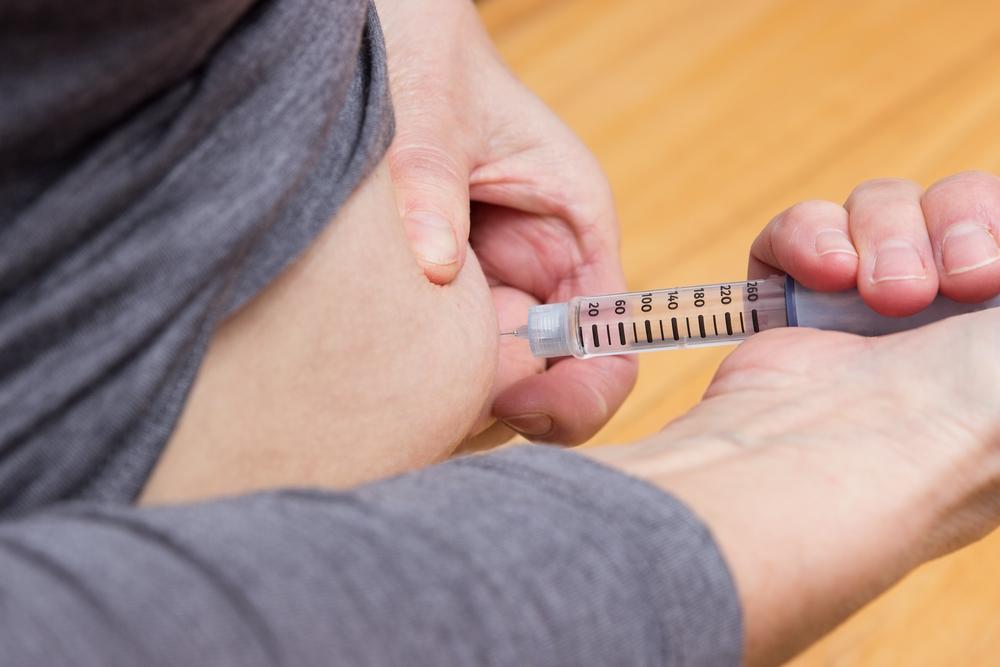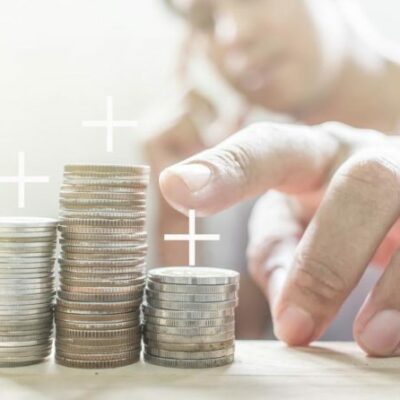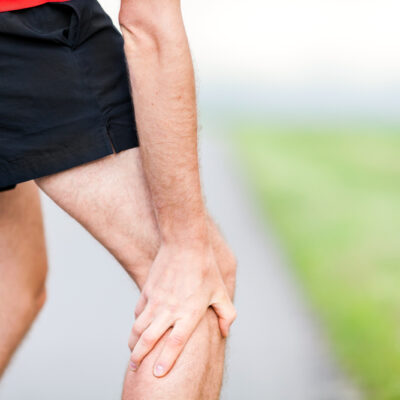
Insulin Treatments for Diabetes Patients
Diabetes is a health condition where the blood glucose levels, or blood sugar levels, are way higher than the required levels. Blood glucose is generated from the food that you eat, as the main source of energy. The pancreas makes Insulin, which is a hormone that helps produce glucose from the food to get into the cells for energy. However, diabetics often don’t make enough insulin to absorb the glucose into the cells. This results in excess glucose in the blood and high blood sugar or blood glucose. There is no cure for diabetes, however treatment is necessary to help control the symptoms.
Diabetes occurs in 2 types, type 1 diabetes and type 2 diabetes. The main difference between the 2 types of diabetes is that in type 1 diabetes, there is virtually no production of insulin in the body for the absorption of glucose into the cells. While type 2 diabetes produces some insulin, but the cells in the liver or muscles are not efficient enough to absorb the insulin, and hence glucose levels are not regulated.
Type 1 diabetes: symptoms and treatment
The main symptoms of type 1 diabetes typically develop gradually, including:
- Extreme tiredness or weakness
- Dehydration of body
- Increased urination
- Vomiting or nausea
- Abdominal pain
- Blurry vision
- Mood swings
- Wounds that won’t heal
- No menstruation or changes in cycles.
Treatment options for type 1 diabetes aim to help the patient live a normal, healthy life. However, they require regular care and health checks by a doctor:
- Insulin injections or oral tablets
Insulin treatment is one of the best ways to increase the insulin levels in the body and hence you will be able to regulate the glucose levels and avoid diabetes.
- Regular monitoring of blood sugar
Patients with type 1 diabetes must monitor their blood sugar levels on a regular basis.
- Lifestyle
You need to talk to your health experts and make sure that you are taking the right and healthy diet, maintaining a healthy weight, and exercising regularly.
Type 2 diabetes: symptoms and treatment
Many of the following symptoms of Type 2 diabetes overlap those of the type 1 diabetes, but type 2 generally occurs in older patients and rarely in children:
- Extreme thirst
- Fatigue
- Frequent urination
- Weight loss
- Extreme hunger
- Infections
- Blurry vision
- Slow healing wounds
Many of the treatments for type 2 diabetes are lifestyle oriented:
- Consume a healthy diet
Type 2 diabetics should make a habit to eat healthy food like fresh vegetables, lean proteins, healthy fats, and fresh fruits, as well as to avoid starchy carbs and processed foods high in refined sugar. Exercising regularly is also very important.
- Medications
Diabetes medicine (i.e., insulin) may be prescribed by your doctor to help keep blood sugar levels in check and to avoid spikes. Blood sugar must also be monitored regularly throughout the day.


